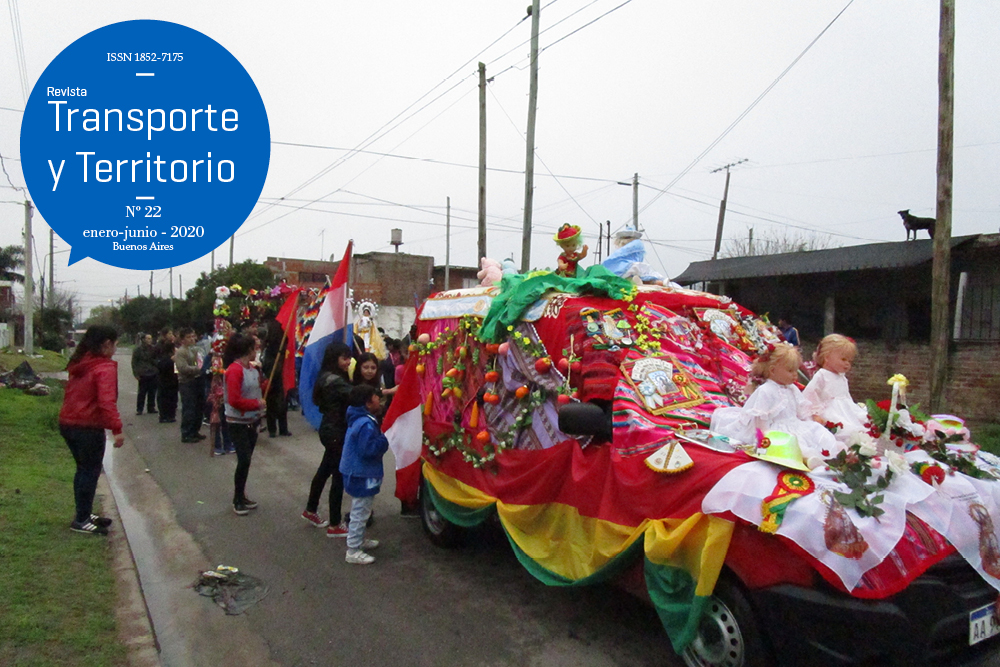Funerary spaces and migration: diffused contours and territoriality in the main host provinces in the 19th and 20th centuries
Keywords:
Ethnical cementeries, Funerary spaces, historical migration, Argentina
Abstract
In the interviews made through this past few years there is a subject that stands out as one of the elements that compose the history and migratory path on a privileged way in the individual and collective representations: death. This is configurated as a referencial frame that answers to persistances and conceptual transformations that the society and every group inside of it considers as own or representative of their identity in a way that the rituals and the ways to evocate death manifest part of the economic, social, cultural and symbolic capital that the migrants own according to their home place. Likewise, dying outside of the reference frame forces them to make ways to compliment and cooperate, as well as resolving conflicts to get spaces to bury their deads according to their rituals and identitary performance. The present essay is the result of the investigation through 165 cemeteries in the main migratory reception in Argentina that arrived from mid XIX century and begginings of the XX and the ways they have chosen to commemorate their deceased.Downloads
Download data is not yet available.
Published
2020-08-03
How to Cite
Castiglione, C. (2020). Funerary spaces and migration: diffused contours and territoriality in the main host provinces in the 19th and 20th centuries. Revista Transporte Y Territorio, (22). https://doi.org/10.34096/rtt.i22.5893
Section
Dossier

1.jpg)

3.png)























